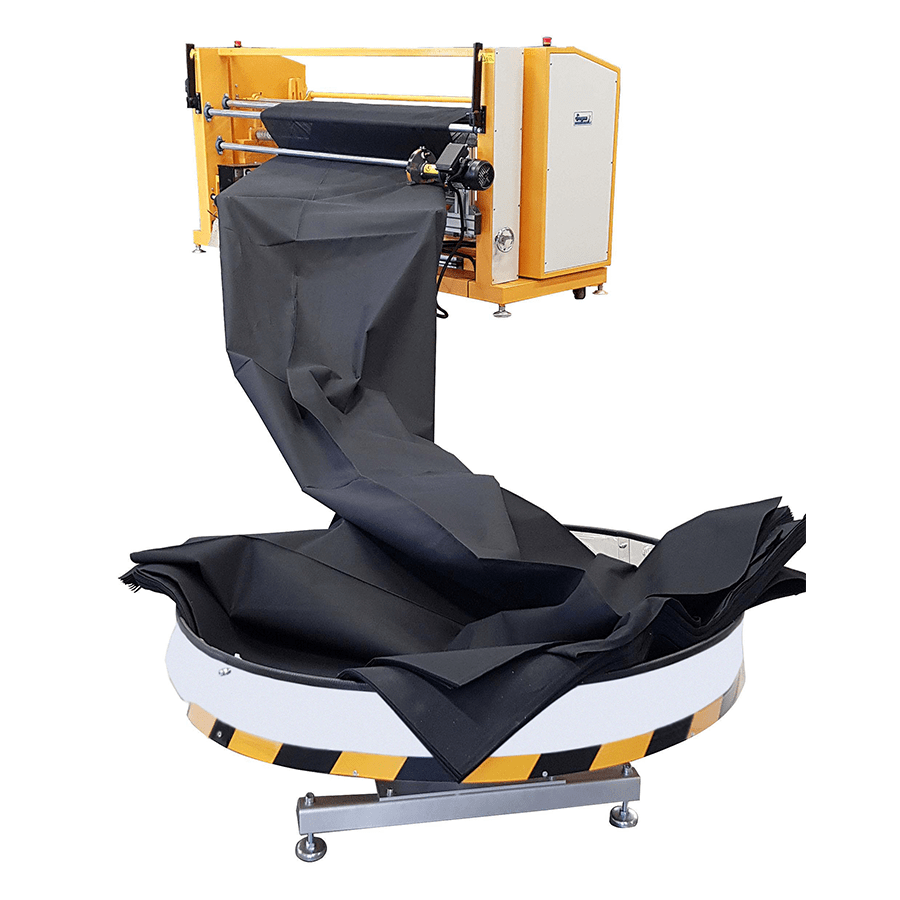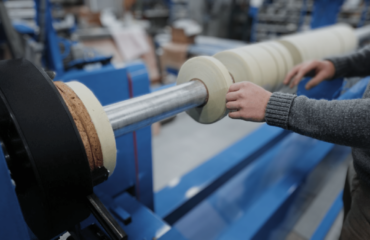In an era where sustainability is not just a choice but a necessity, the story of sustainable natural fibers is a compelling narrative of environmental responsibility and traditional artisanship. This tale begins with the nurturing of seeds and ends with the creation of fabrics that embody both style and ecological consciousness.
The Seed of Sustainability
Every fiber’s journey starts with a seed, a sapling, or a fleece. Farmers globally cultivate plants like cotton, flax, or hemp, or rear animals for wool and silk. These sustainable natural fibers are gifts from the earth, renewable and biodegradable, contrasting sharply with synthetic fibers made from petrochemicals.
Cultivation with Care
The art of growing sustainable natural fibers involves a delicate balance between yield and environmental care. Techniques such as crop rotation, organic farming, and integrated pest management minimize ecological damage. Despite challenges like water consumption for cotton or the fragility of silk production, these practices ensure the fibers’ sustainability.
Harvesting with Heritage
Harvesting these fibers often involves age-old traditions, with methods handed down through generations. Whether it’s picking cotton, processing flax, or shearing sheep, these actions are performed with a precision that reflects a deep harmony with nature.
Spinning Stories
Post-harvest, the fibers travel to mills to be cleaned, carded and spun into yarn. This stage is where modern technology meets human expertise. Artisans and workers apply their skills to guarantee the yarn’s quality, influencing the fabric’s eventual texture and strength.
Weaving Worlds
 The yarn then transforms into fabric through weaving or knitting. This process can occur on simple handlooms in rural settings or through sophisticated machinery in modern factories. Here, the fabric acquires its unique patterns and characteristics, ready for dyeing, printing, and finishing.
The yarn then transforms into fabric through weaving or knitting. This process can occur on simple handlooms in rural settings or through sophisticated machinery in modern factories. Here, the fabric acquires its unique patterns and characteristics, ready for dyeing, printing, and finishing.
Dyeing with Diligence
The dyeing process adds color to the sustainable natural fibers, with a growing preference for eco-friendly dyes derived from plants and minerals. These methods are not only less polluting but also reconnect us with ancient, earth-friendly practices.
Fashioning Fabrics
The penultimate phase is turning the fabric into garments. Designers and tailors are crucial here, as they convert the fabric into wearable art. The slow fashion movement is fostering an appreciation for the narrative and quality behind each piece.
Challenges and Opportunities
The supply chain for sustainable natural fibers faces challenges like price volatility and competition from synthetics. However, the industry is ripe with opportunities, particularly sustainably and ethically.
The Road Ahead
As awareness grows, so does the demand for sustainable natural fibers. The industry is innovating at every supply chain level, ensuring that the path from farm to fabric remains both sustainable and enriching.
Craft Your Sustainable Legacy
For those inspired by the sustainable journey of natural fibers and seeking precision in their textile projects, Svegea of Sweden is a beacon of excellence. With over 72 years of experience in creating high-quality textile cutting systems, they epitomize the commitment to the enduring value of natural fibers. To discover how their state-of-the-art solutions can enhance the sustainability and quality of your work, visit their contact page. Together, let’s craft a future that respects our planet with every fiber.






